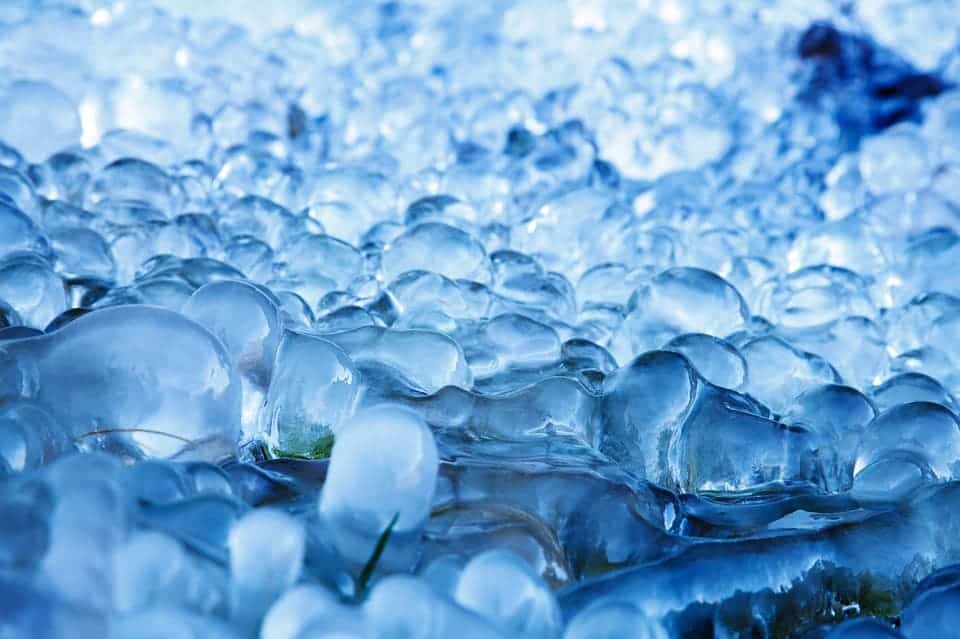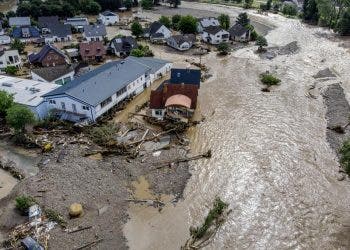New research is uncovering the source of the extreme cold wave that hit Europe and Asia during the winter of 2018.

Last winter, around February, a mass of extremely cold air descended upon Eurasia. The record-breaking cold came from the splitting of a body of air high above the Arctic called the polar vortex, and lasted for almost a month. However, at the time, the incoming mass of cold air wasn’t spotted until it was already upon us.
New research is looking into the origins of this event in a bid to help predict similar weather in the future.
A recipe for cold
“It’s one mechanism that potentially explains a third of these events historically,” said Simon Lee, an atmospheric scientist at the University of Reading, UK, and lead author of the new study. “That just one event in the Atlantic has contributed to a third of them is quite surprising.”
The study reports that a cyclone-induced chain of events led to warming in the stratosphere in 2018 and caused the Arctic polar vortex to split in two, causing the extreme cold. Weather forecast models weren’t able to anticipate the stratospheric warming until the start of February, roughly 2 weeks before it happened, which prevented them from anticipating the extreme cold that followed.
The stratosphere is the second layer of the Earth’s atmosphere. It’s a generally cool, dry place, and it’s also the home of the Arctic polar vortex, which circulates around Earth’s North Pole. If average temperatures in the stratosphere go up, the polar vortex weakens and splits in two, which can cause outbreaks of cold weather across the Northern Hemisphere.
Such stratospheric sudden warming events are generally predicted by observing the troposphere (the part of the atmosphere that we live in). We look at how the troposphere behaved prior to stratospheric events, then we build models to predict what’s going on up there based on what we’re seeing down here. But, these models are imperfect and don’t always catch how temporary weather patterns influence the stratosphere.
The study reports that a cyclone-induced chain of events led to warming in the stratosphere in 2018 and caused the Arctic polar vortex to split in two, causing the extreme cold. Weather forecast models weren’t able to anticipate the stratospheric warming until the start of February, roughly 2 weeks before it happened, which prevented them from anticipating the extreme cold that followed.
Looking at historic weather data, the team found that the same series of events has caused sudden stratospheric warmings in the past. The same unusual weather patterns occurred 49 times between 1979 and 2017, before 35% of the stratospheric warming events recorded over this period.
The team says that their findings help flesh out our understanding of sudden stratospheric warming events. The data suggests that looking for changes in the air masses over Greenland and Scandinavia could help predict extreme cold outbreaks in the future, with weeks or months in advance.
The paper “Abrupt Stratospheric Vortex Weakening Associated With North Atlantic Anticyclonic Wave Breaking” has been published in the Journal of Geophysical Research: Atmospheres.






